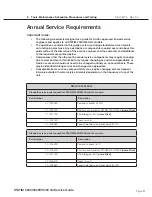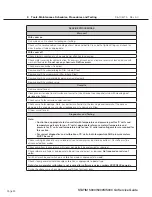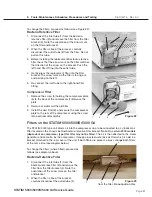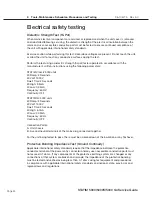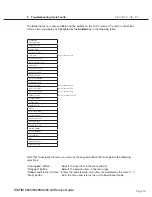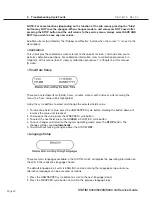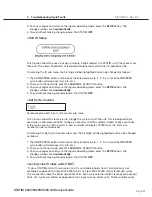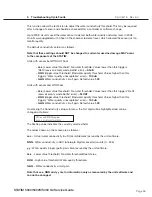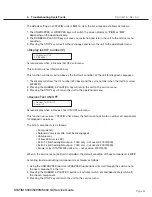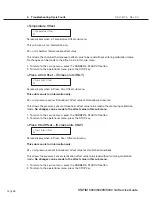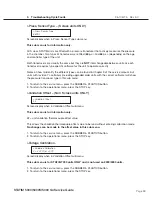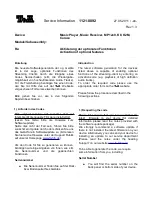
Page 44
STAT
IM 2000/2000S
Service Guide
96-106775 Rev 5.0
2. Tools, Maintenance Schedules, Procedures and Testing
electrical safety testing
Dielectric Strength Test (Hi-Pot)
When mains electrical components are serviced or replaced and when the unit cover is removed
and reinstalled following servicing, the dielectric strength of the electrical insulation between the
mains and user-accessible conductive parts must be tested to ensure continued compliance of
the unit with applicable international safety standards.
Exercise caution while performing this test. Hazardous voltages are present. Do not touch the unit,
or allow the unit to touch any conductive surfaces during the test.
Perform the test using a dielectric strength (hi-pot) tester operated in accordance with the
manufacturer’s written instructions using the following parameters:
STAT
im
Classic 5000 units
W-Ramp: 2 Seconds
W-Volt: 1500 V
Dwell Time: 2 Seconds
W-High: 3.5mA
W-Low: 0.05mA
Frequency: 60 HZ
Continuity: OFF
STAT
im
G4 5000 units
W-Ramp: 2 Seconds
W-Volt: 1500 V
Dwell Time: 2 Seconds
W-High: 6.0mA
W-Low: 0.05mA
Frequency: 60 Hz
Continuity: OFF
Connection Points:
A. Unit chassis
B. Live and neutral terminals of the mains plug connected together.
For the unit being tested to pass, there must be no breakdown of the insulation or any flashover.
Protective Bonding Impedance Test (Ground Continuity)
Applicable international safety standards require that the impedance between the protective
conductor terminal of the power entry connector and any user-accessible conductive parts must
not exceed 0.1 ohms. If any components of the protective earthing system are changed or any
connections of that system are broken and remade, the impedance of the protective bonding
must be tested and verified as being less than 0.1 ohms using test equipment and procedures
in compliance with applicable International safety standards and national, state, provincial, and
regional laws and regulations.
STAT
IM
5000/5000S/5000 G4 Service Guide


